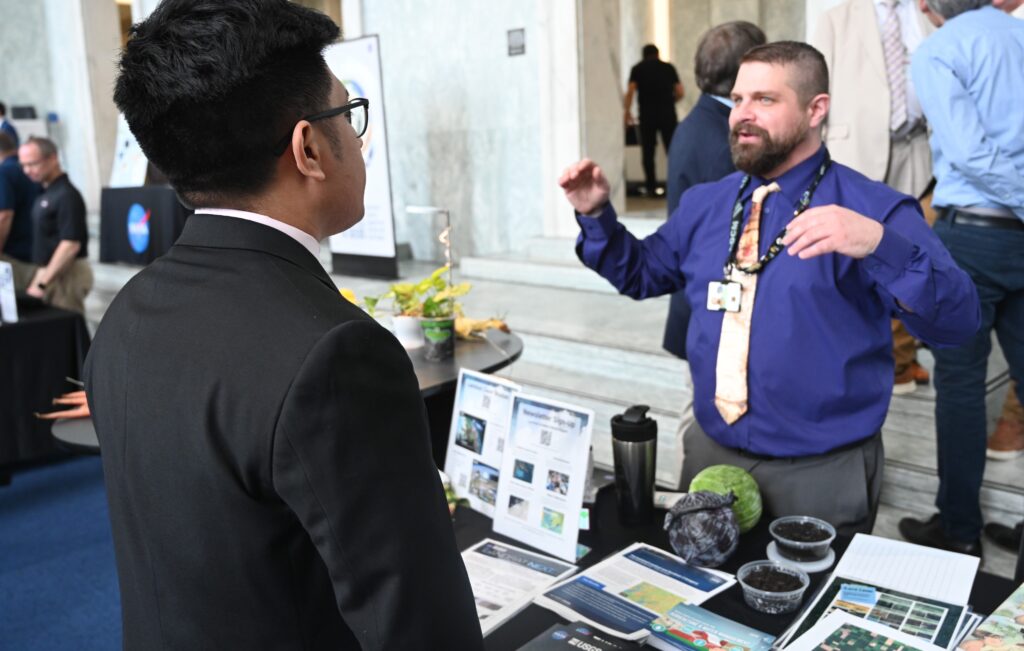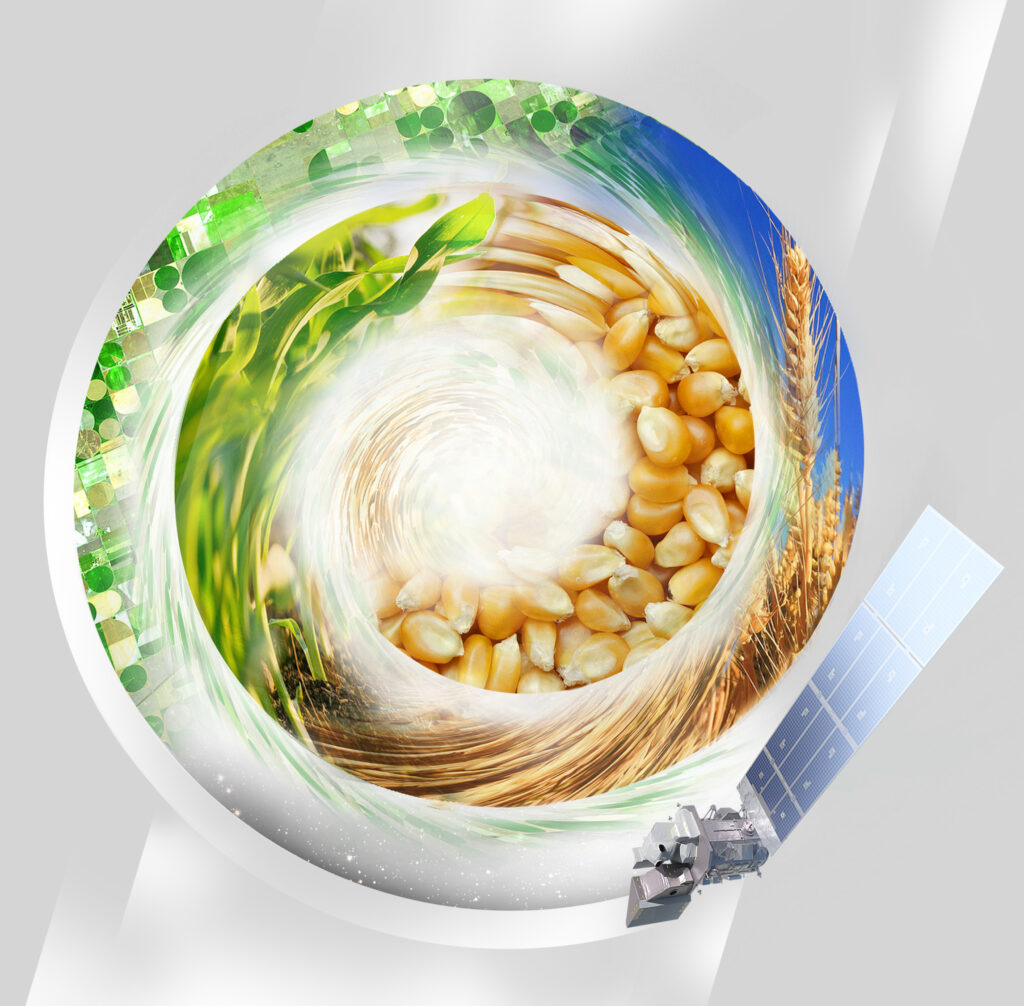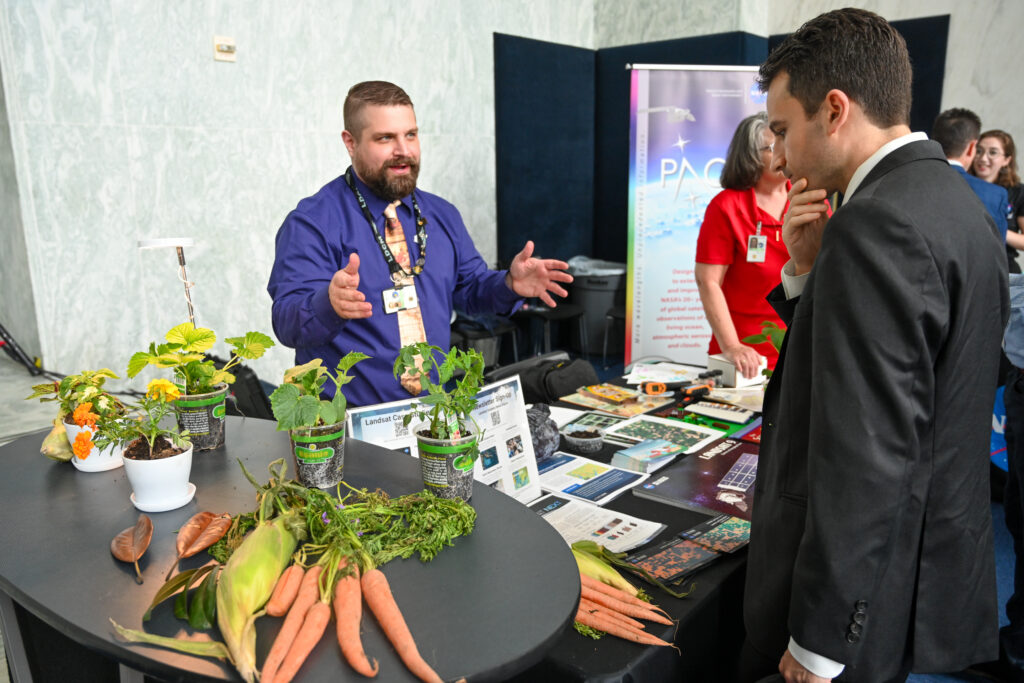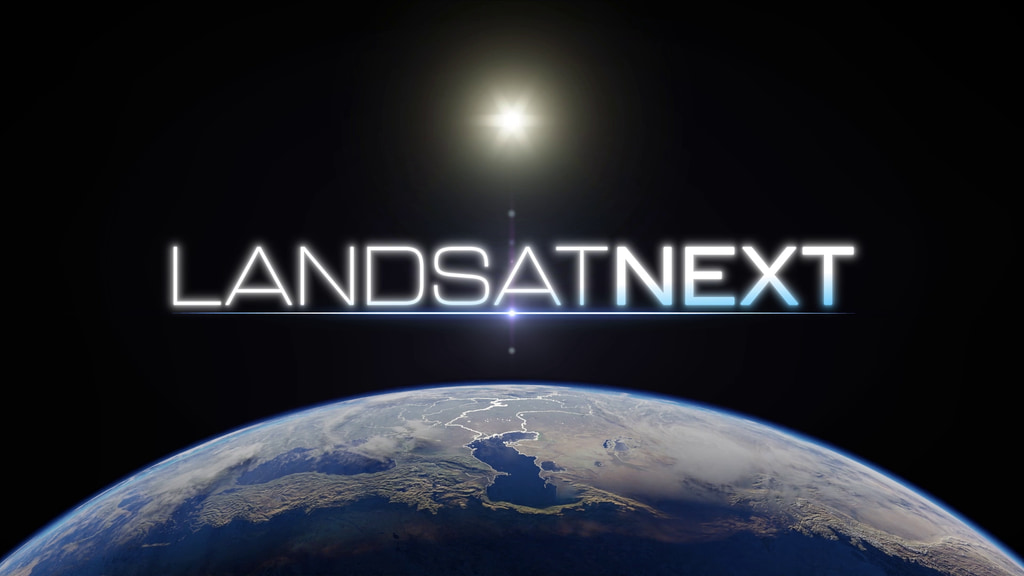NASA and USDA hosted an expo at the Rayburn House in Washington, D.C. on Thursday, May 16 to communicate how satellites and other Earth observations support the productivity, profitability, and competitiveness of U.S. farmers in an ever-changing global market and climate.
Agriculture is one of NASA’s longest-served communities, dating back to the nation’s first weather satellites (TIROS) and Landsat-1, which was launched during the global grain crisis of the 1970s and spawned the Large Area Crop Inventory Experiment (LACIE).


Farmers rely on NASA satellite observations to inform decisions involving irrigation and water use (e.g., OpenET), planting (e.g., USDA National Agricultural Statistics Service), and commodity pricing (e.g., USDA World Agricultural Supply and Demand Estimate, WASDE).
Agricultural adaptation and sustainability are essential for facing the challenges of global population growth and climate change. NASA’s Earth Science Division is working to serve the needs of U.S. agriculture (e.g., NASA Acres) and protect the global food supply (e.g., NASA Harvest) by developing new remote sensing observatories (e.g., Landsat Next; Gravity Recovery and Recovery Experiment, GRACE) that improve our scientific understanding, modeling and applications that allow us to grow more food on less land, using less water and fewer inputs.
Landsat’s Outreach and Communications Team was on-site at the Rayburn House to support the event.
The team shared information about the agricultural applications of Landsat, both historic and current and described the ways Landsat Next’s spectral, spatial, and temporal improvements will benefit farmers. Landsat Outreach team member Mike Taylor and interns Sabrina Pillai and Christina Ballagh also provided visitors with the opportunity to make spectral measurements of plants and vegetables, giving them hands-on insight about the type of measurements Landsat makes.







